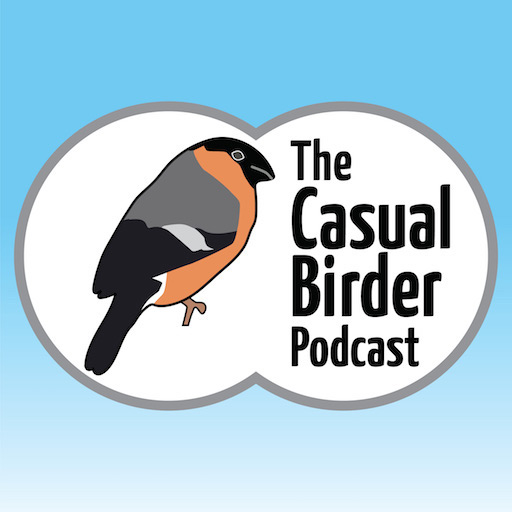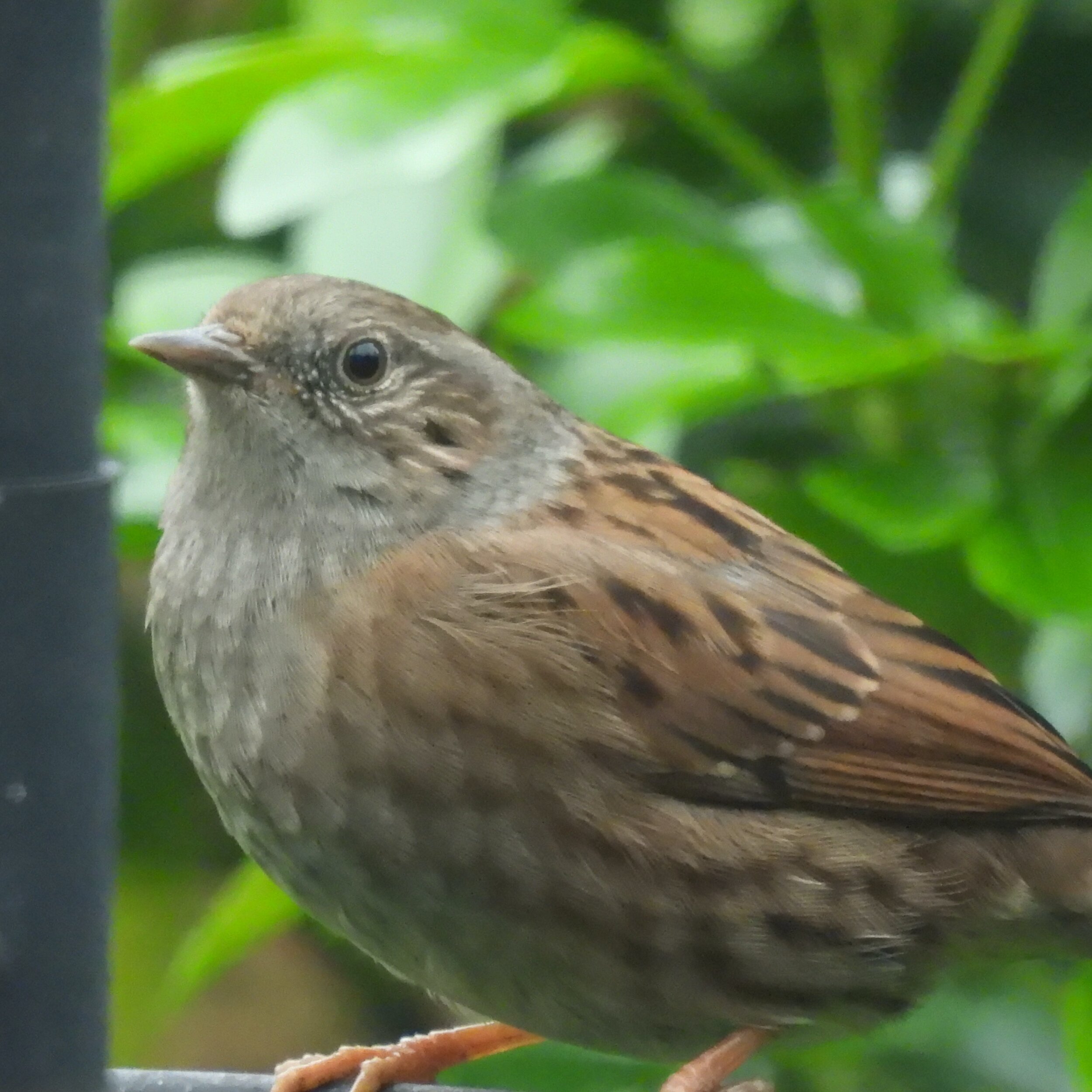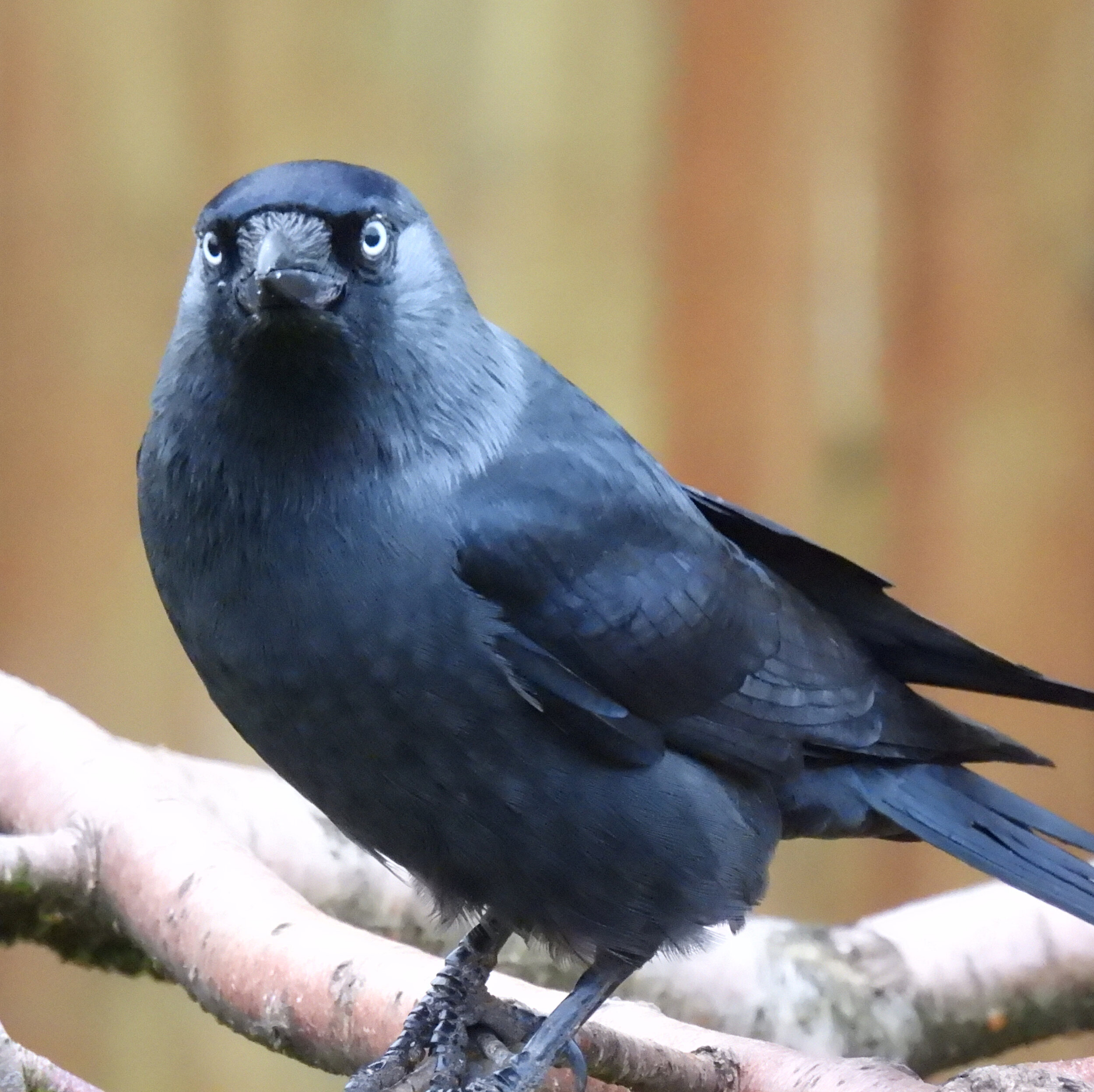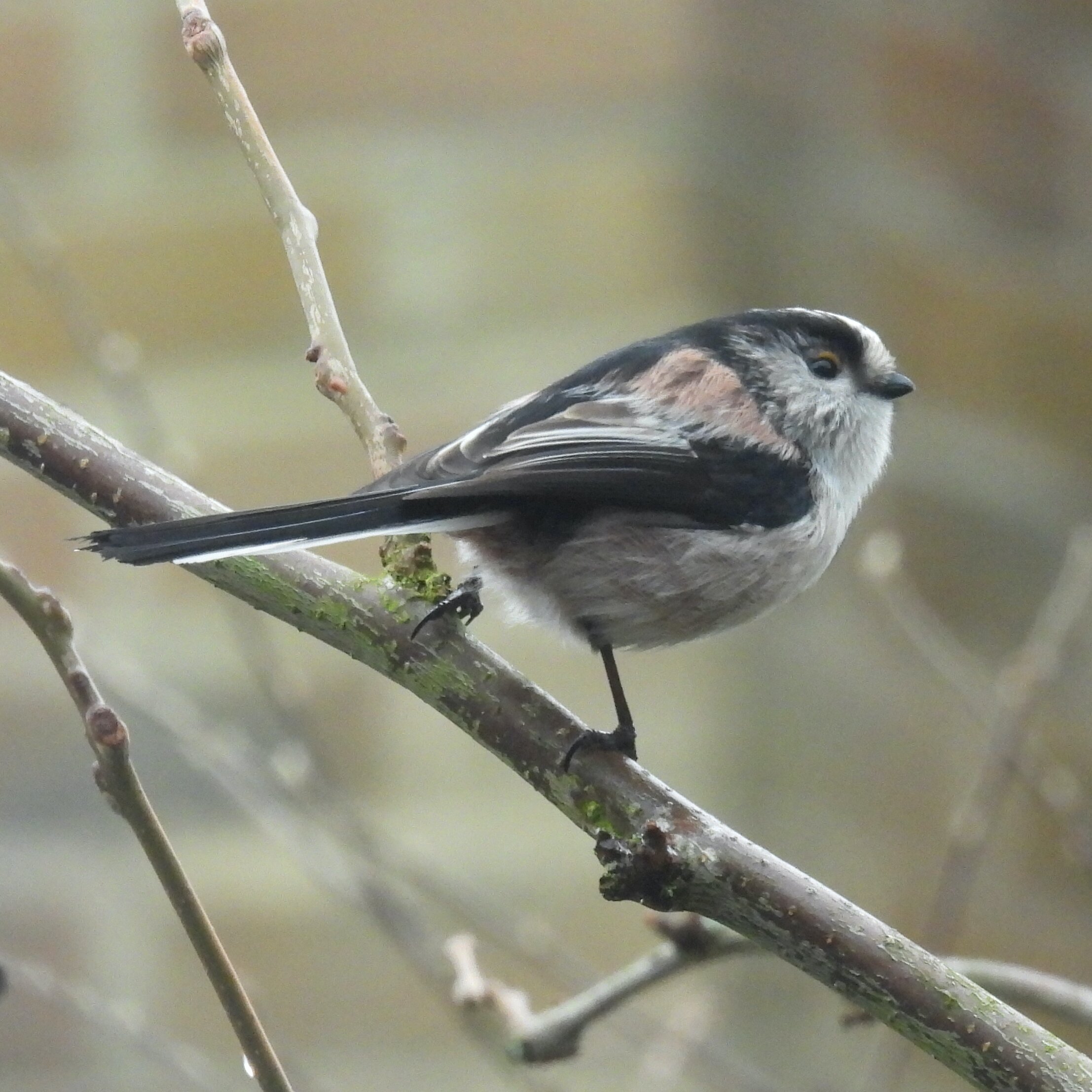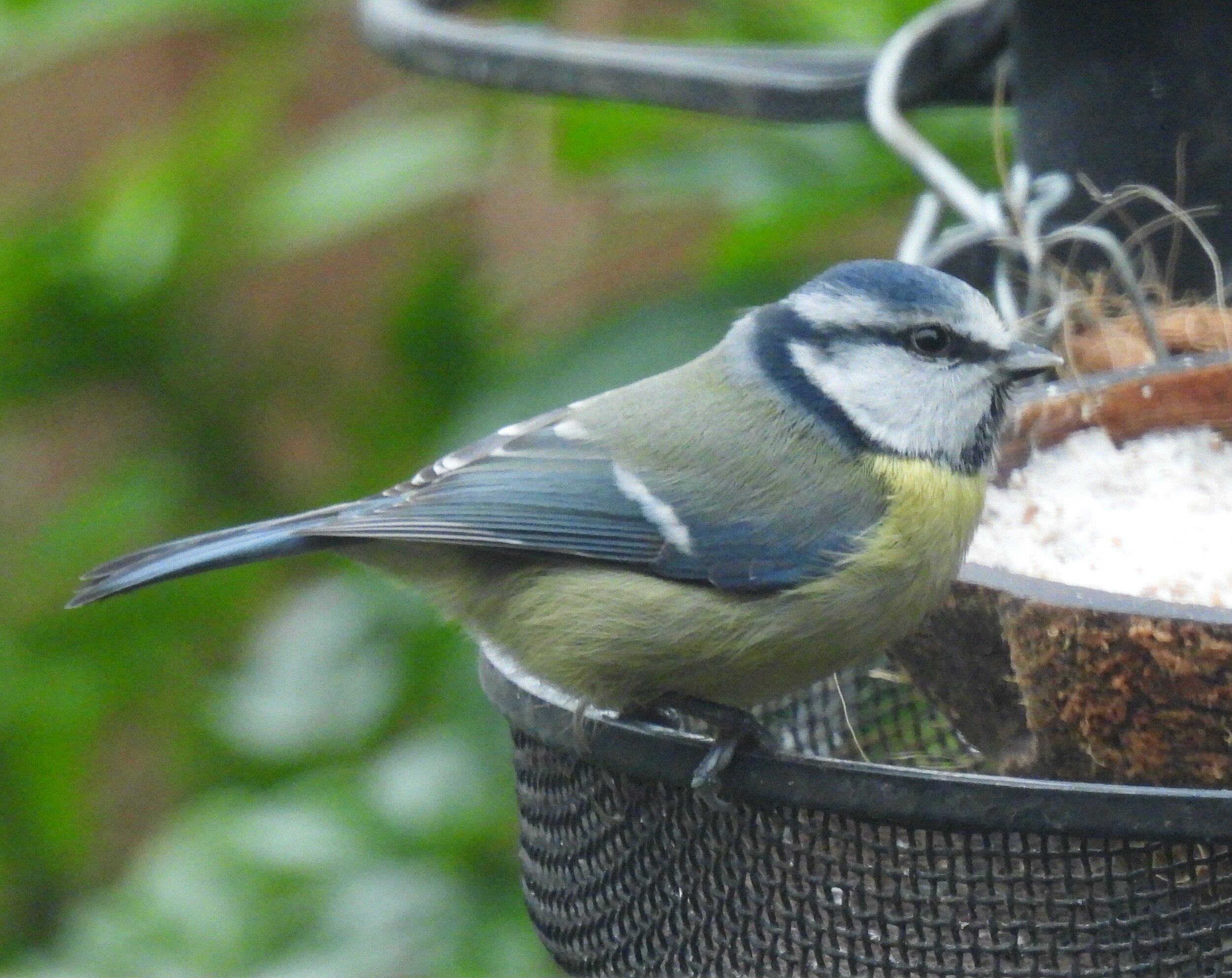I made a New Year Challenge to myself to post a bird photo every day on my social media channels. You can find them under the hashtag #DailyBirdPix.
Each week I will collate the posts made into a blog post.
For this first week, photos posted to 10th January are included, and these are all birds that have visited my garden since the 1st January 2021.
European Robin
Day 1: European Robin - Erithacus rubecula
There are 2 Robins currently using my garden. One seems to prefer the hanging sunflower seed feeder and the other eats from the suet block. That one also defends the suet to stop the Dunnock, House Sparrow and Blue Tit from eating it.
Luckily, there are more food stations around the garden.
Day 2: Red-legged Partridge - Alectoris rufa
This bird has been in our neighbourhood for nearly a year.
Although it is not a native bird, and was likely released to be hunted, I am pleased to be able to give it safe haven while it chooses to visit us.
Red-legged Partridge
Wood Pigeon
Day 3: Wood Pigeon - Columba palumbus
Becoming a very common visitor to my garden - I had 12 at one time yesterday! A big number for a small garden!
They take fright very quickly, and leave with an explosion of wing claps, which sends all the other birds away too.
A big, lumbering bird which is nevertheless very agile when standing on thin branches reaching for berries in shrubs.
I love the soft colouring of their plumage, with green and purple iridescence around the white neck patch.
Day 4: Dunnock - Prunella modularis
Today's bird is a regular visitor to my garden and I usually see at least two foraging around the base of the shrubs.
While their main diet is small insects, they will take seeds, nut fragments, and suet from the ground feeder tray. My Dunnocks also feed from a raised tray that is very close to foliage, so that they can quickly slip out of sight.
Dunnocks sing during the breeding season, with a melodic, warbling trill. At other times they use a high-pitched call for contact.
Dunnock
Eurasian Jackdaw
Day 5: Eurasian Jackdaw - Corvus monedula.
I always enjoy seeing Jackdaws in my garden, with their jaunty walk, querulous calls, and the agile way they swoop in to grab peanuts from the bird table.
A striking-looking bird, with steely pale eyes and black plumage. They are particularly stunning In breeding condition, when the nape of the neck almost shines with silver tones.
Recently I have been fortunate to observe allopreening taking place between paired individuals, where one bird preens the other's feathers.
Day 6: Long-tailed Tit - Aegithalos caudatus
All day I had been hearing the calls of Long-tailed Tits in the neighbourhood, and finally they came into my garden.
Looking like lollypops with long tails, round bodies and stubby bills, these little birds have an undulating flight and high-pitched contact calls. They fly in single file as a flock, and are usually easy to count as they pass.
However, these ones stopped off to feed and it was difficult to tell how many individuals there were, as they flitted in and out of the branches and onto the suet feeders.
Long-tailed Tit
Eurasian Blackbird
Day 7: Eurasian Blackbird - Turdus merula
One of my favourite garden birds, Blackbirds are found across Britain, from countryside to city centre.
Males are black, with an orange-yellow bill and yellow eye ring. Females (like the one in the photo) are brown with varying degrees of mottling on the breast and under the bill.
You may see them hopping across a lawn searching for worms, eating berries and fruit, and taking seeds from feeders.
Hearing their flutey song, given from high perches like rooftops, makes me think of lazy summer afternoons.
Day 8: Common Magpie - Pica pica
Did you know that the Magpie is a member of the Crow family?
I enjoy seeing these striking birds in my garden. I feel they are full of character, as they swoop into my garden, wings spread and long tail trailing behind.
At first glance, their plumage appears to be black and white. But if you look more closely you will see green and purple feathers in the wings and tail.
Their call is loud and coarse, yet sometimes you will hear them chattering to themselves with squeaks, whistles and rattles.
Magpies eat a varied diet, including the eggs and chicks of other birds. They are not above harassing bigger birds by pulling on tail feathers to get them to move away from trays of seed.
Common Magpie
Eurasian Blue Tit
Day 9: Eurasian Blue Tit Cyanistes caeruleus
Often seen in gardens and parks in the U.K., this little blue and yellow bird brings a spot of colour to winter days, when it may travel in mixed flocks including Great Tits and Coal Tits.
Favouring nuts and suet, they take food readily from hanging feeders, sometimes hanging upside down to get it.
They will happily use nest boxes in the garden which makes them beloved of many garden bird watchers.
While their song is high pitched, the alarm call is a series of scolding phrases. I've noticed that other birds respond to this call and will either go on alert or quickly leave the garden when they hear it.
Day 10: Eurasian Sparrowhawk Accipiter nisus
A surprise visitor to my garden this week - for me and the Blackbird and Robin that had been on the feeders when it arrived. Unfortunately for this female Sparrowhawk, it did not get a meal on that visit. But it did stalk around the shrub looking for movement from the birds that had been there moments before.
Males and females have different coloured plumage. The male is slightly smaller, with blue grey back and peachy streaked breast. The female is larger and, as seen in the photo, has a brown back and buff breast streaked with brown.
Sparrowhawks rely on speed and surprise to catch their prey of small songbirds. You may see a blur of motion as one skims around shrubs and over fences in an attempt to catch a bird at your feeders.
Birds such as Blue Tits and Blackbirds will give an alarm call if a Sparrowhawk is detected, which alerts all the other birds around. Once a Sparrowhawk has flown through, you will notice that birdsong and activity stops for quite some time, until the birds are sure the danger has passed.
Eurasian Sparrowhawk
